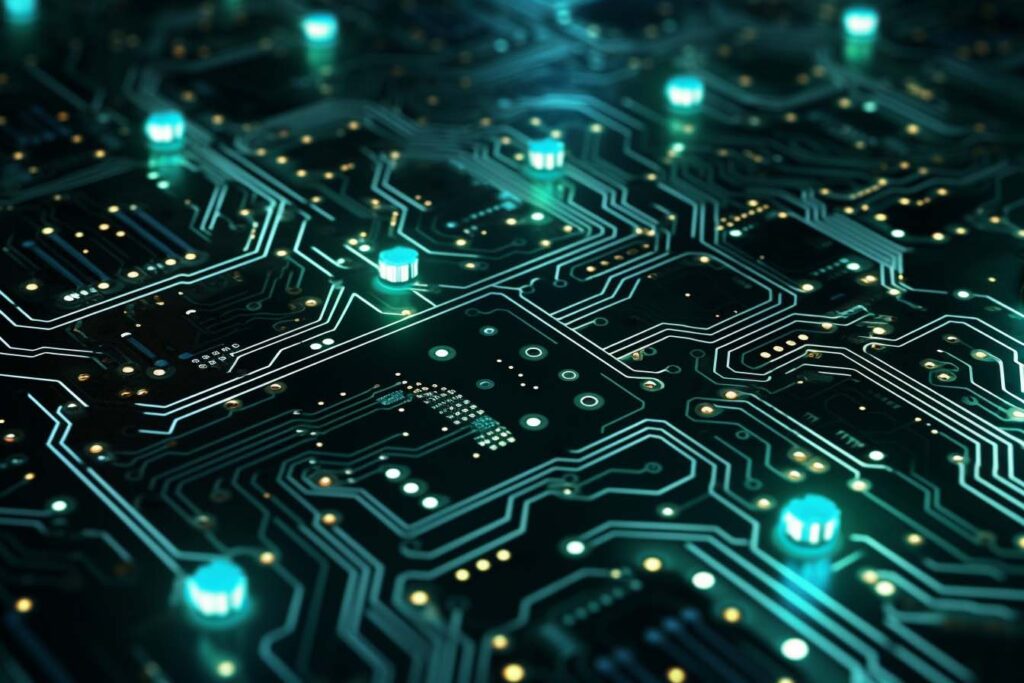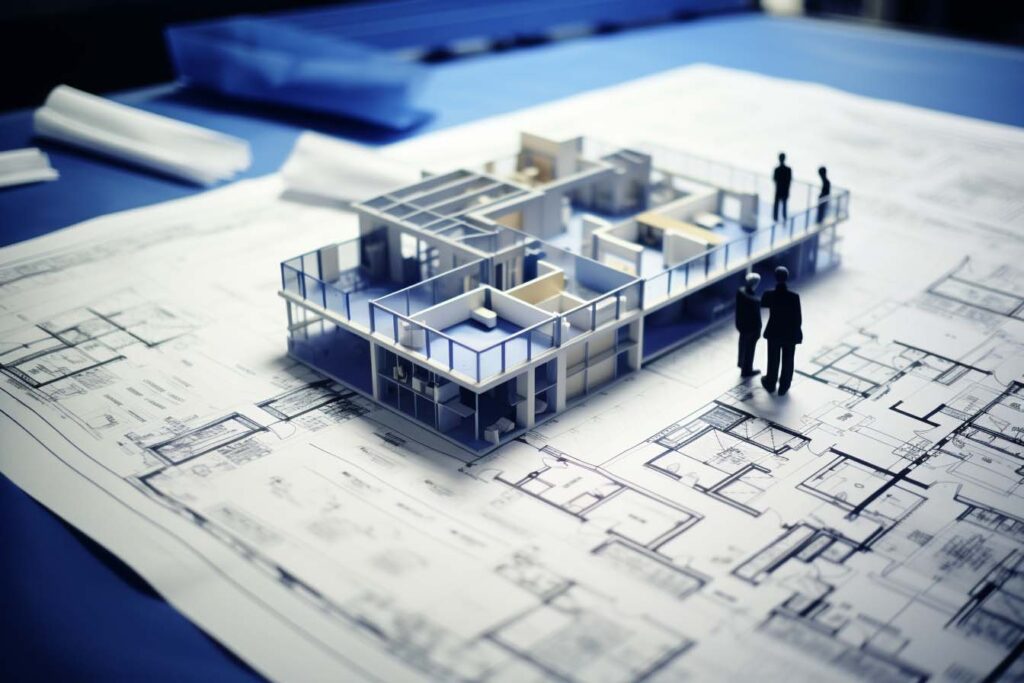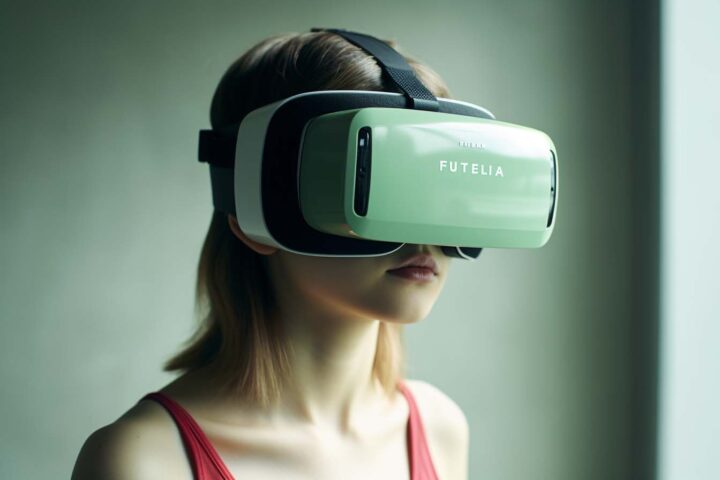Medical Technology in Emergency Settings
Learn about the tools and technologies that are crucial in time-sensitive medical emergencies and their role in saving lives.
Introduction
In emergency situations, every second matters, and having the right tools and technologies can make all the difference in saving lives. This anchor page aims to provide an in-depth understanding of the medical technology used in emergency settings, including the latest advancements and their impact on patient outcomes. From portable diagnostic devices to cutting-edge communication systems, we will explore the key features that make these technologies indispensable in critical situations.
Portable Diagnostic Devices
One of the fundamental aspects of medical technology in emergency settings is the use of portable diagnostic devices. These handheld devices have revolutionized the way medical professionals assess and diagnose patients in critical situations. With the ability to perform rapid tests and provide real-time results, portable diagnostic devices enable prompt decision-making and timely interventions. Examples of these devices include handheld ultrasound machines, portable ECG monitors, and point-of-care blood analyzers. Their compact size, ease of use, and accuracy make them essential tools for quick and reliable diagnosis, even in the most challenging environments.
Remote Monitoring Systems
In emergency settings, it is vital to have a continuous and accurate assessment of patients’ vital signs, particularly in situations where constant physical presence is not possible or practical. Remote monitoring systems are designed to address this challenge by providing real-time data on patients’ condition from a remote location. These systems utilize sensors and wearables to monitor parameters such as heart rate, blood pressure, oxygen saturation, and temperature. The collected data is then transmitted to a central monitoring station, allowing healthcare professionals to remotely track patients’ vital signs and detect any abnormalities promptly. Remote monitoring systems play a crucial role in improving patient outcomes by enabling early detection of deteriorating conditions, facilitating prompt interventions, and reducing the need for constant bedside monitoring.
Mobile Communication Systems
In emergency situations, effective communication among healthcare providers is paramount. Mobile communication systems have transformed the way medical teams collaborate and share critical information, ensuring seamless coordination and rapid response. These systems provide secure and reliable communication channels, allowing healthcare professionals to exchange patient data, share images, and communicate in real-time. Features like encrypted messaging, video conferencing, and shared databases enable quick decision-making and enhance the efficiency of emergency response teams. In critical situations where seconds count, mobile communication systems play a crucial role in facilitating timely interventions and improving overall patient outcomes.
Telemedicine and Teleconsultation
Telemedicine and teleconsultation have become increasingly important in emergency settings, particularly in remote or underserved areas with limited access to specialized healthcare professionals. These technologies bridge the gap by enabling remote consultations and expert guidance. Through video conferencing and secure data transfer, healthcare professionals can consult with specialists in real-time, allowing for accurate diagnosis and appropriate treatment recommendations. Telemedicine also facilitates remote triage, where emergency medical personnel can communicate with experts to determine the severity of a patient’s condition and provide timely advice on next steps. By leveraging telemedicine and teleconsultation, medical teams in emergency settings can access expert opinions, share knowledge, and enhance the overall quality of care delivered to patients.
Conclusion
In medical emergencies, having the right tools and technologies can make the difference between life and death. Portable diagnostic devices, remote monitoring systems, mobile communication systems, and telemedicine play a vital role in ensuring prompt and effective healthcare interventions. The continuous advancements in medical technology have revolutionized emergency settings, saving countless lives and improving patient outcomes. By staying up-to-date with the latest innovations and harnessing the power of these tools, healthcare professionals can provide timely and efficient care, ultimately saving more lives in critical situations.







